Have you ever watched your dog bound across the park and wondered, “Is this really the best pace for their joints?” If you’re a dog lover, you know how heartbreaking it is to see your furry friend struggle with stiff movements or limps. Some breeds seem to glide through life with ease, while others—despite their energy and spirit—face joint trouble early on. Whether you want a gentle companion for relaxed strolls or you’re curious about which pups might be too much for aging knees and hips, this list is your guide. Let’s discover the breeds that let you take it easy—and those that might just run you ragged!
Basset Hound: The Laid-Back Low-Rider

Basset Hounds are the embodiment of “easy does it.” With their short legs and long bodies, they aren’t built for speed or marathon runs. Instead, they prefer meandering walks and plenty of nap time. Their slow, steady pace means less wear and tear on their joints. Owners rave about their gentle nature and how they’re always happy to lounge on the sofa beside you. While their droopy faces are famous for looking sad, these hounds find joy in the simple things—like sniffing every bush on the block. If you’re looking for a dog who’s in no rush, a Basset Hound fits right in.
Shih Tzu: The Cozy Lap Dog

Shih Tzus are like plush toys come to life. These little dogs are happiest when snuggled in your lap, making them perfect for people who want minimal impact activities. Their small size and moderate energy levels mean they rarely overexert themselves. You won’t catch a Shih Tzu leaping off furniture or dashing after squirrels—they’re content with easy walks and gentle play. Their charming personalities and affectionate nature make them a favorite among those who want a sweet, low-impact companion. Think of them as the ultimate couch buddy.
Cavalier King Charles Spaniel: Gentle and Graceful
Cavalier King Charles Spaniels are known for their elegance—and their sensitivity to your pace. These dogs have a moderate build and aren’t prone to wild bursts of speed. They enjoy daily strolls and love spending time with their humans, but they’re not the type to drag you on a five-mile run. Because of their size and temperament, they’re less likely to develop joint issues compared to heavier, more energetic breeds. Their soulful eyes and gentle approach to life make them ideal for those seeking a friend who’s easy on the joints.
French Bulldog: Compact and Calm

Despite their stout build, French Bulldogs are surprisingly low-energy. They prefer lounging and short walks to high-octane activity. Their stocky, muscular bodies are not built for long-distance running, which helps protect their joints. While they may zoom around the house in short bursts, they’ll tire quickly and be ready for a nap. Frenchies are perfect for city dwellers or anyone who prefers a slower pace. Their lovable, clownish personalities make every day a little brighter without putting extra strain on your knees—or theirs.
Pug: Delightfully Docile

Pugs might be small, but their personalities are huge. They love being at the center of attention, but their exercise needs are modest. Pugs are prone to overheating and breathing issues, which naturally limits their activity levels. This makes them less likely to overexert themselves or develop joint problems from excessive exercise. They’re the type to play for a bit, then flop down for a well-deserved rest. Their wrinkly faces and silly antics provide endless entertainment without requiring marathon walks.
Chihuahua: Small Package, Minimal Impact
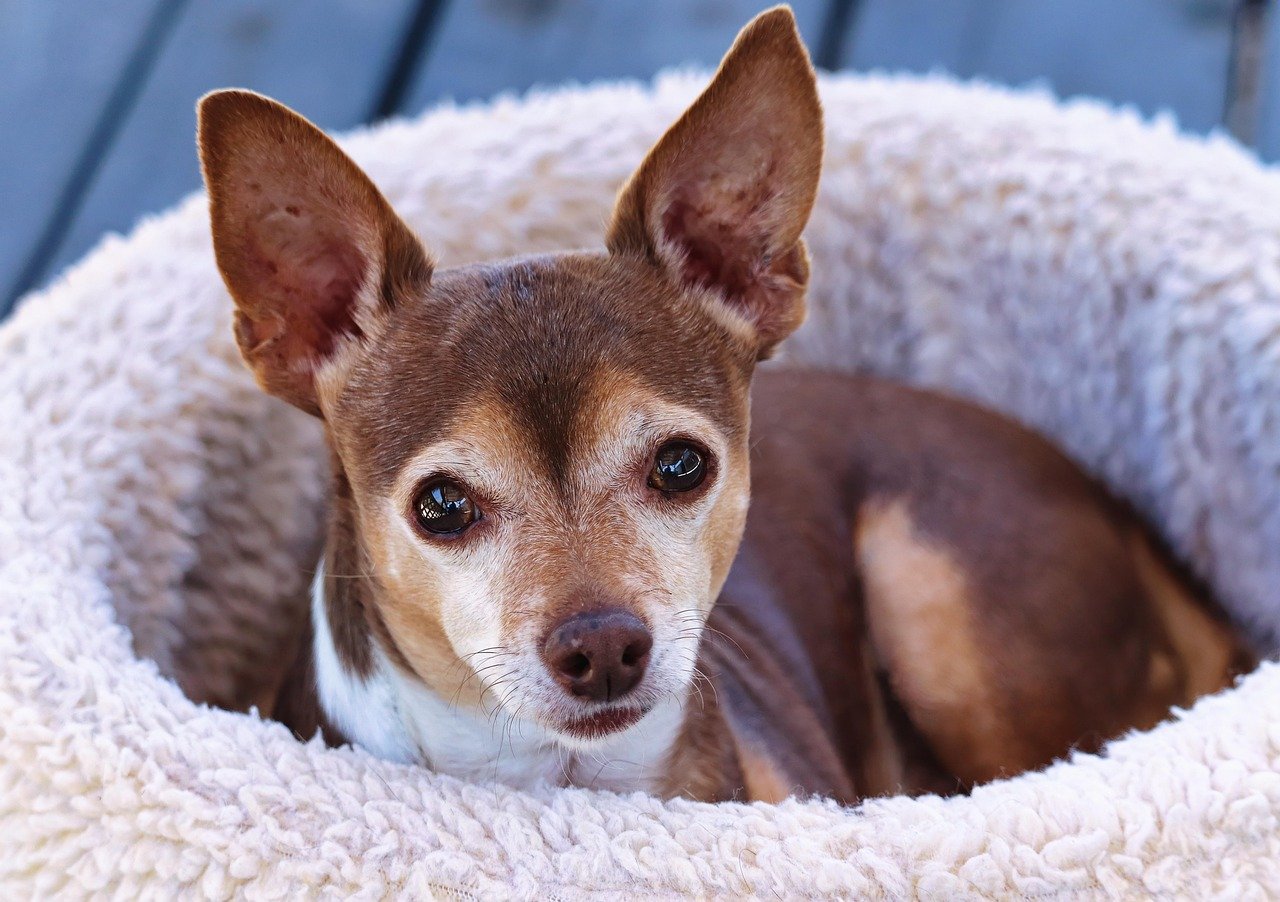
Chihuahuas may be tiny, but they’re packed with personality. Their small size means there’s less weight on their joints, so they’re less likely to experience the same wear and tear as larger breeds. They enjoy short walks and playtimes but don’t need intense exercise to stay happy. Chihuahuas are often content curling up in your lap or tucking themselves under a blanket. Their devotion to their owners is unmatched, and they’re always ready for a gentle adventure around the block.
Pekingese: Regal and Relaxed

Pekingese dogs carry themselves with an air of royalty—but they certainly don’t need royal amounts of exercise. These fluffy companions prefer leisurely walks and lots of downtime. Their sturdy, compact bodies are built for comfort rather than speed, so there’s little risk of joint strain. Pekingese often form close bonds with their humans and will happily spend hours snuggled by your side. Their independent streak adds a little spice to their otherwise mellow demeanor, making them a perfect match for those seeking a low-impact buddy.
Dachshund: The Cautiously Active “Hot Dog”

Dachshunds are famous for their long backs and short legs. While they have bursts of playful energy, their unique shape means they benefit from moderate activity rather than strenuous exercise. Owners need to watch out for back problems, but when cared for properly, Dachshunds can enjoy gentle walks and play without damaging their joints. Their curious and lively personalities bring a spark to everyday life, and their love for digging and sniffing makes every outing an adventure—just at a manageable pace.
Maltese: Fluffy, Friendly, and Easygoing

Maltese dogs are light as a feather and just as gentle on the joints. These playful pups love a bit of fun, but they’re not ones to wear themselves out. Their small stature makes them easy to carry, and they’re just as happy being toted around as they are walking. Maltese are known for their affectionate nature and their ability to adapt to their owner’s lifestyle. If you want a companion who’s always up for cuddles and short walks, a Maltese is a wonderful choice.
Lhasa Apso: Calm Companion

Lhasa Apsos have a famously calm demeanor. Originally bred as monastery watchdogs, they’re content with a peaceful existence. Their moderate activity needs make them suitable for people who want a dog that doesn’t require constant action. Lhasa Apsos are sturdy and resilient without being overly energetic. They love a good walk but won’t demand much more than that. Their affectionate, loyal personalities shine brightest in a quiet home where relaxation is a way of life.
Labrador Retriever: The Energetic Enthusiast

Labrador Retrievers are beloved for their boundless energy, but that same enthusiasm can be tough on their joints. Labs love to run, jump, and swim—activities that, while fun, put a lot of stress on their hips and elbows. They’re prone to hip dysplasia, especially as they age. Owners must be vigilant about weight management and regular, controlled exercise. Labs thrive in active households, but they’re not the best choice for families who want a dog that takes it easy.
German Shepherd: The Tireless Worker

German Shepherds are born to work. Their athletic builds and high energy levels mean they need plenty of exercise to stay happy. While their intelligence and loyalty make them exceptional companions, the physical demands of keeping up with a Shepherd can be overwhelming for some owners. Over time, their intense activity can lead to joint problems such as hip and elbow dysplasia. These dogs are best suited for owners who can provide structured activity and mental stimulation every day.
Border Collie: The Relentless Herding Machine

Border Collies are often described as “the world’s smartest dog,” but they’re also one of the most energetic. Their need for constant movement and mental engagement is legendary. If they don’t get enough exercise, they’ll invent their own games—sometimes at the expense of your furniture. While they’re remarkable athletes, their joints can suffer from the repetitive motions of herding or agility training. Border Collies are a fantastic fit for highly active people, but they’re definitely not for the couch potato.
Siberian Husky: The Wild Runner

Siberian Huskies are built for endurance, not relaxation. These dogs are happiest when they’re running for miles, whether pulling a sled or just tearing around the backyard. Their zest for life is infectious, but it comes with a cost: their joints take a beating from all that activity. Huskies require vigilant care to avoid overuse injuries, and they can be a handful if they don’t get enough exercise. Their independent spirit and high energy can overwhelm owners who prefer a more laid-back lifestyle.
Dalmatian: The Spotted Dynamo

Dalmatians are famous for their spots and their stamina. Originally bred to run alongside carriages, these dogs have a seemingly endless supply of energy. Their high activity levels mean they’re always on the move, which can be tough on their joints—especially as they get older. Dalmatians need ample space and regular exercise to stay healthy and happy. They thrive with active families who can keep up with their pace, but they may not be the best choice for those with concerns about joint health.
Jack Russell Terrier: The Perpetual Motion Machine

Jack Russell Terriers are tiny but mighty. Their energy levels are off the charts, and they’re constantly looking for something to chase or dig. These little dogs love to jump, climb, and run at full tilt, which can put a surprising amount of strain on their small joints. Without enough outlets for their energy, Jack Russells can become destructive. They’re best for owners who can match their zest for life and provide plenty of exercise and enrichment.
Rottweiler: The Powerful Protector
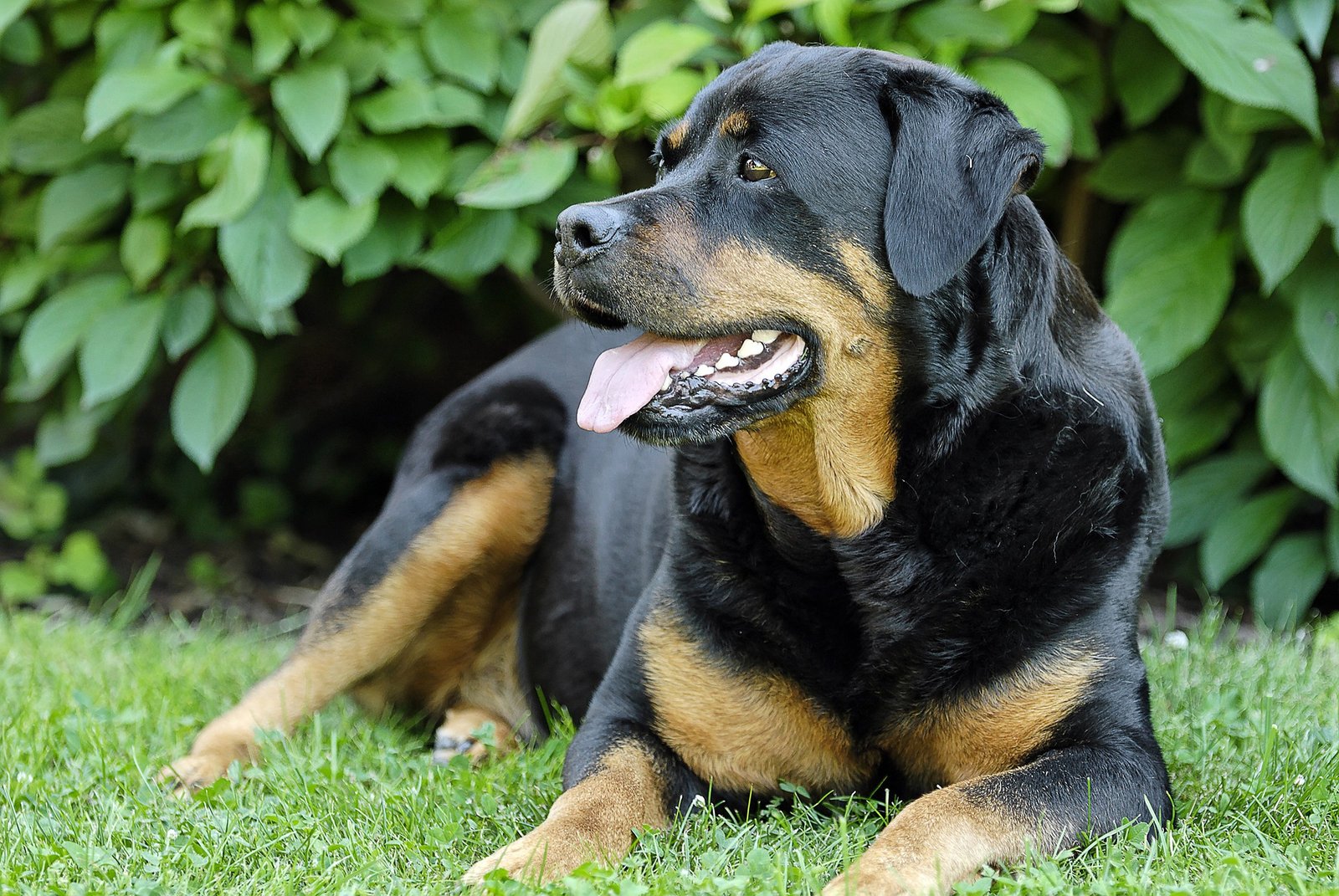
Rottweilers are known for their strength and loyalty, but their size and muscle mass can be hard on their joints. They require regular exercise to stay fit, yet too much high-impact activity can lead to hip and elbow problems. Rottweilers need careful management to strike a balance between activity and rest. Their protective nature makes them excellent family guardians, but their need for structured exercise and attention to joint health means they’re not for everyone.
Great Dane: The Gentle Giant
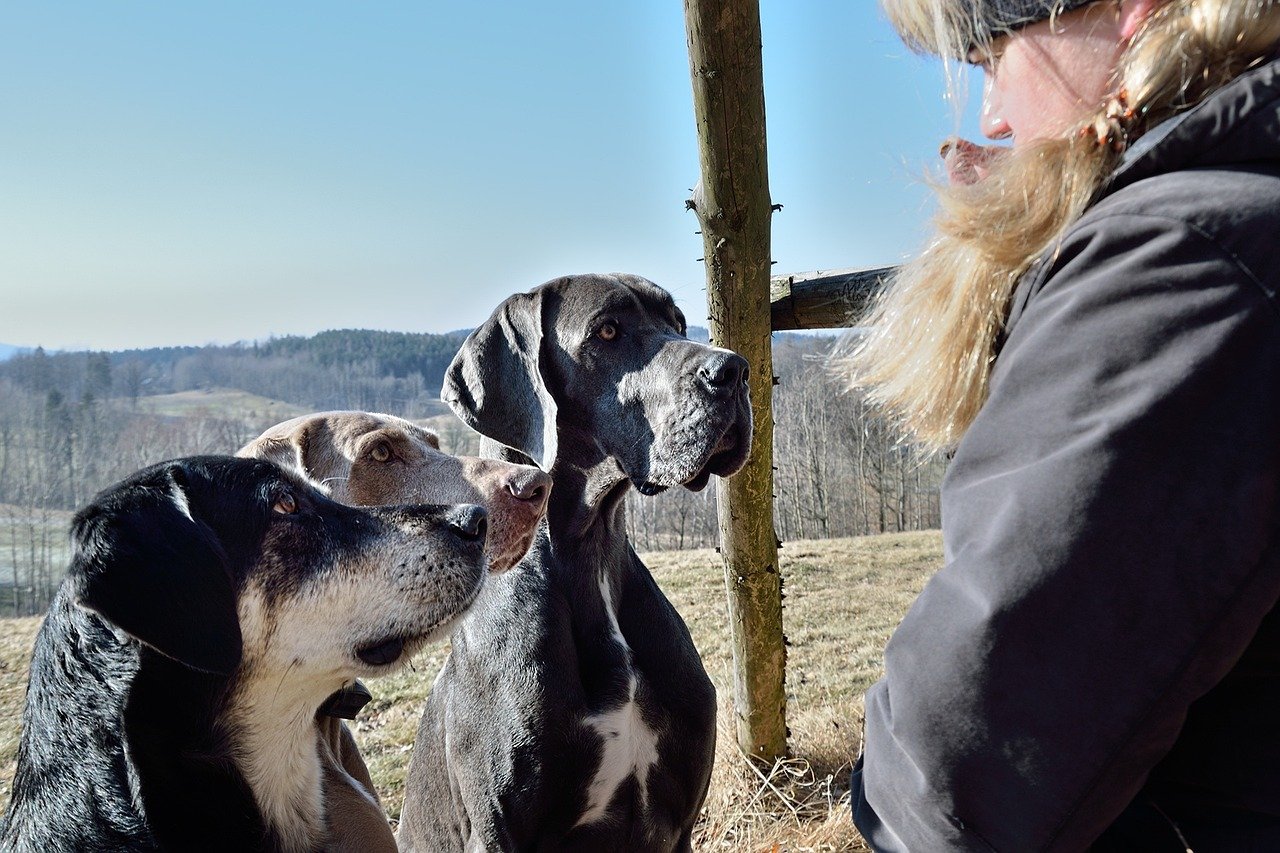
Great Danes are known for their towering size and affectionate personalities. Despite their gentle nature, their massive frames put a lot of pressure on their joints. They grow rapidly as puppies, which can lead to joint issues early in life. Great Danes need careful exercise routines and plenty of soft surfaces to prevent injuries. While their calm demeanor is a plus, their physical needs can be challenging for owners who aren’t prepared for such a large, heavy dog.
Golden Retriever: The Happy-Go-Lucky Athlete
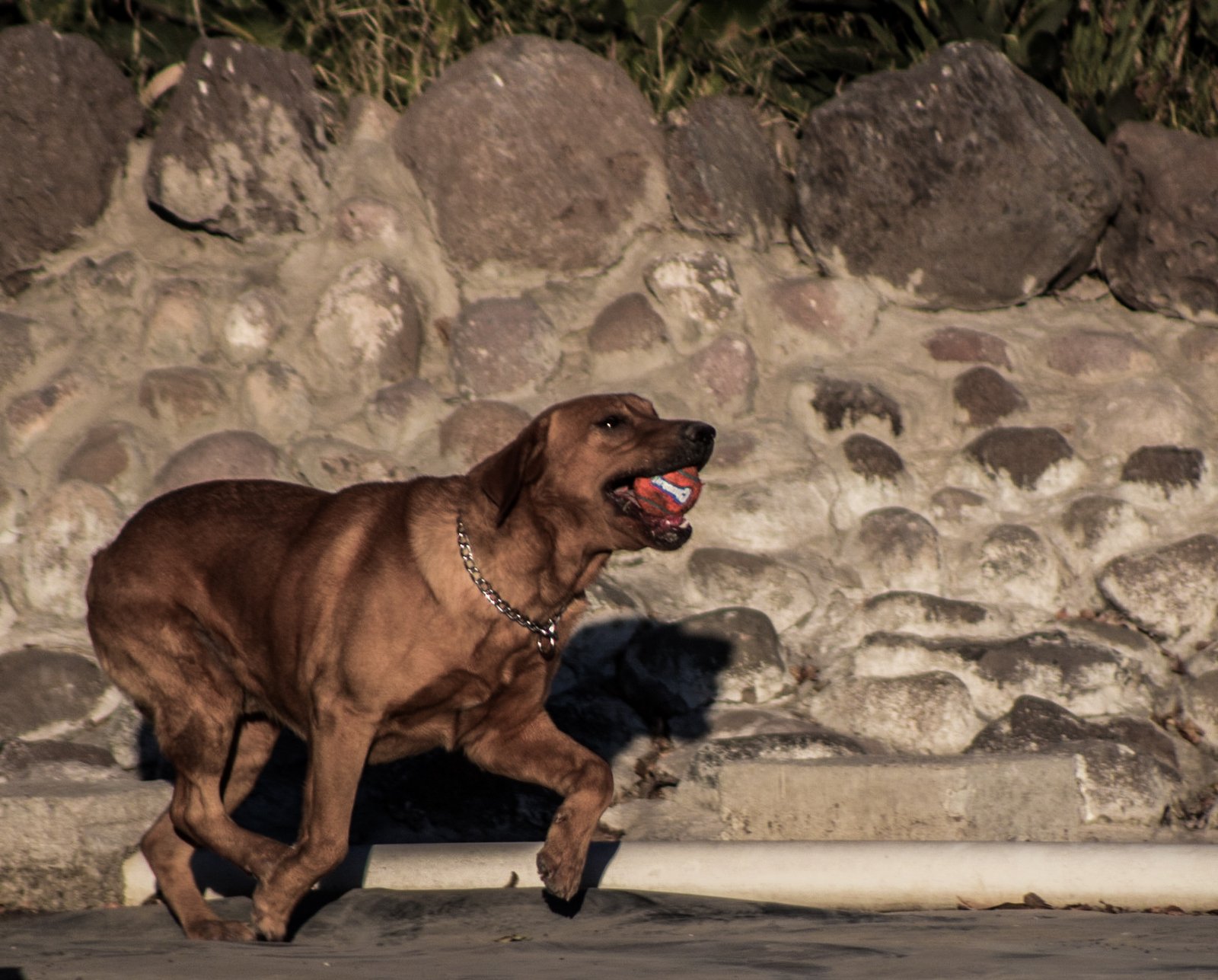
Golden Retrievers are endlessly cheerful and always up for a game of fetch. Their athleticism and playful nature make them a joy to be around, but that same energy can wear down their joints over time. Goldens are prone to hip and elbow dysplasia, especially if they are overexercised as puppies. They need regular, moderate exercise and careful monitoring as they age. For families who love outdoor adventures, a Golden is a wonderful friend—just be mindful of their joint health.
Belgian Malinois: The High-Octane Hero
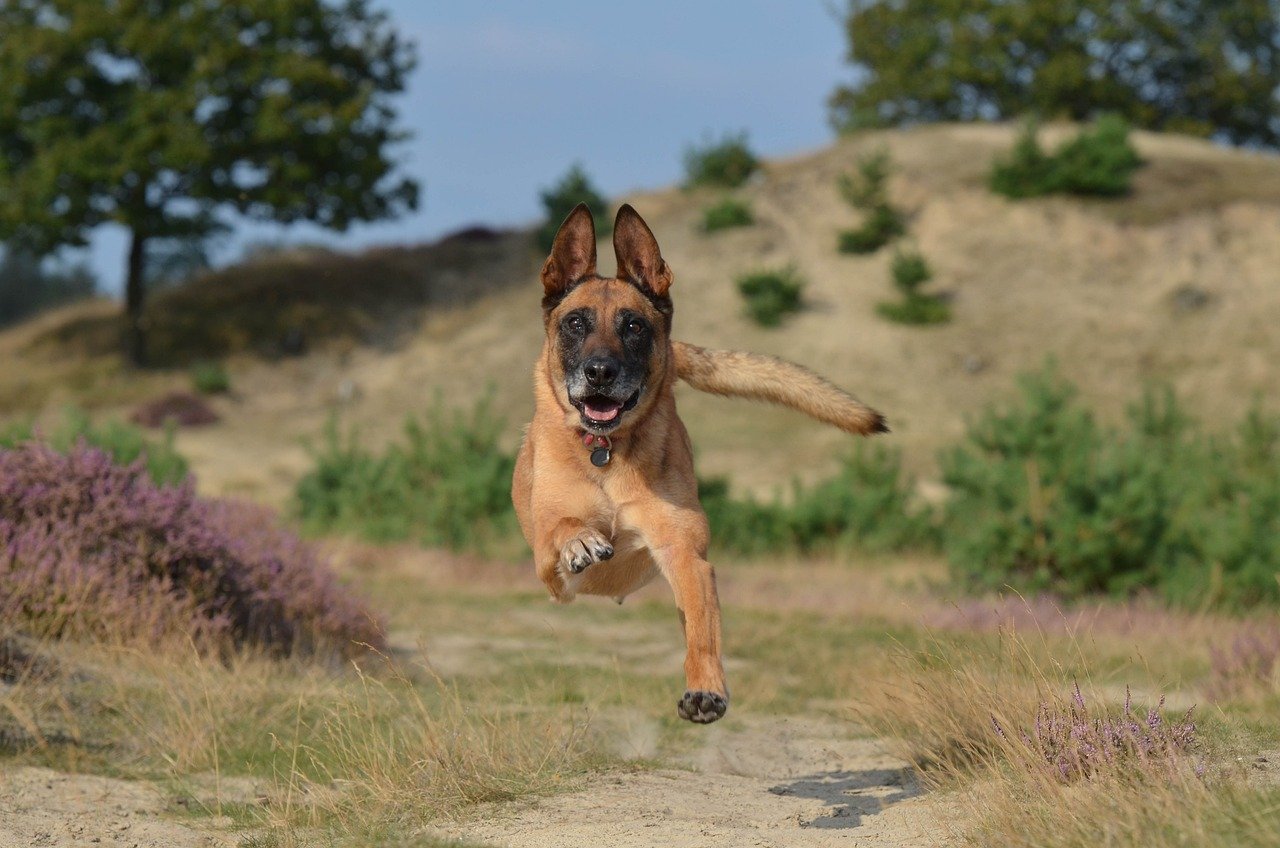
Belgian Malinois are working dogs through and through. Used in police and military roles, they have boundless energy and a drive to work that’s hard to match. Their need for physical and mental activity is intense, and without it, they can become frustrated or destructive. The sheer volume of exercise these dogs require can be tough on their joints, especially as they age. The Malinois is best suited for experienced owners who are ready to commit to an active, structured lifestyle.
Australian Shepherd: The Agile Adventurer
Australian Shepherds are as agile as they are intelligent. Bred for herding, their natural athleticism and desire to move mean they need regular, vigorous exercise. Aussies love running, jumping, and learning new tricks, but their joints can suffer if not given proper care. Owners should focus on low-impact activities and watch for signs of overexertion. With the right balance, an Australian Shepherd is a loyal, playful partner—but they’re definitely not the right fit for someone seeking a mellow, easygoing dog.






